Category: Lesson Aids
-
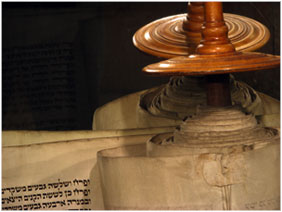
Sunday School Lesson 29: 2 Kngs 2, 5-6
A reminder: these are not notes for preparing a Sunday School lesson—though they may help a person do that. They are notes for studying the chapters assigned for reading. Arthur Bassett has pointed out these parallels between Elisha, on the one hand, and Moses and Christ, on the other. (All scripture references are to 2…
-
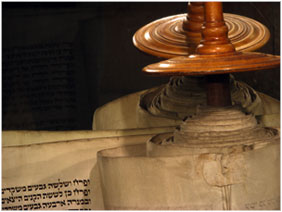
Sunday School Lesson 28:1 Kings 17-19
Elijah We know from passages in the New Testament and, especially, from Latter-day revelation, that Elijah is one of the most important prophets to have lived. (In the Jewish tradition, he is second only to Moses.) Yet we know almost nothing about him. Why do you think that is? In addition to the story of…
-
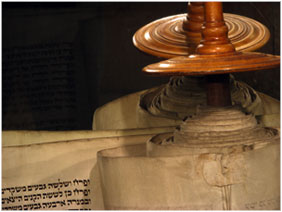
Sunday School Lesson 27: 1 Kings 12-14; 2 Chronicles 17, 20
The material of this lesson, especially that of chapters 12-13, is important to understanding the rest of Old Testament, for the eighty years that it covers details the split that occurred between the ten tribes of Israel in the north and the tribe of Judah/Benjamin in the south. Since these accounts, like the rest of…
-
Sunday School Lesson 26: 1 Kings 3; 5-11
The Story This week’s lesson focuses on the construction of the first temple. Previously there had been many places for offering sacrifices and several buildings that we would call temples. But this is the first one built on the site traditionally associated with Abraham’s sacrifice of Isaac. As this temple came to prominence, it overshadowed…
-
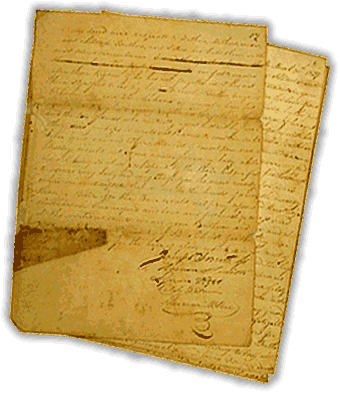
How to write a revelation
I have been working on a paper looking at the Doctrine and Covenants, and my research has me thinking about how the texts of modern revelation were produced. I think that there are a lot of Mormons who assume that the words of the revelations in the Doctrine and Covenants were dictated word for word…
-

Sunday School Lesson 25: Psalms
I’m going to skip my usual whine about how much material is covered in the reading for this lesson (unless announcing that I won’t whine counts as a whine). Overview One traditional division of the book of Psalms—often called “the psalter”—divides it into five sections, on analogy with the five books of Moses: Psalms 1-41,…
-

Sunday School Lesson 24: 2 Samuel 11-12; Psalm 51
2 Samuel 11 Verse 1: What do you make of the fact that the story is set at the time of the year when “kings go forth to battle,” but David sent his army to battle and stayed behind himself? What is the writer telling us about David when he says “But David tarried still…
-

Old Testament Lesson 23 Study Notes: 1 Samuel 18-20, 23-24
I apologize for the rough status of these study notes. They are not yet finished, but they are as good as they are going to get this week. As you read these chapters, ask yourself why they are included in scripture. Do they testify of Christ? If so, how? Do they serve some other purpose?…
-
Though the lesson doesn’t include chapters 12 and 14, the manual recommends them as supplemental reading and I agree. We need to read them to see the full story. There is quite a bit in this section, from the choice of Saul as King, to his usurpation of Samuel’s authority and consequent loss of authority,…
-
Old Testament Lesson 21 Study Notes: 1 Samuel 2-3; 8
One can reasonably argue that the book of Judges shows us the decline of Israel to a situation in which they have to have a king to lead them, and that the treatment of women that we see in Judges is a sign of that decline. One can also argue that Ruth is a response…
-

The story of Ruth occurs “in the days when the judges ruled” (Ruth 1:1). It is not, strictly speaking, in chronological order. Indeed, from here on out, you may wish to consult the Old Testament chronology in the Bible Dictionary if you wish to see the historical connectedness of the various stories. What do Naomi,…
-
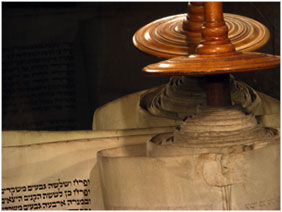
OT Lesson 19 Study Notes: Judges 2; 4; 6-7; 13-16
The notes this time are shorter than usual, for which you may well be grateful. I’ve had much more difficulty thinking of verse-by-verse study questions for these chapters. Judges The translation “judge” is misleading, for it suggests that the person it describes had judgment as his or her primary duty. However, the judges of Israel…
-
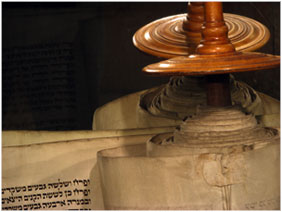
OT Lesson 17 Study Notes: Deuteronomy 6; 8; 11; 32:1-4, 15-18, 30-40, 45-47
Background Feel free to skip this background discussion if you aren’t interested in it. You can skip to the study questions without losing anything. Before taking up two points, however, let me say that I am not generally in favor of bringing much scholarly discussion into Sunday School lessons or our study for them, I…
-

OT Lesson 16 Study Notes: Numbers 22-24, 31
Who is Balaam? All of a sudden a non-Israelite prophet appears. Who is he? Based on Numbers 23:7, Word Biblical Commentary: Numbers, page 263) suggests that he is a Syrian. Is he really a prophet? If no, why not? If yes, in what sense of the word? (Archaeologists have discovered an inscription mentioning Balaam in…
-

OT Lesson 15 Study Notes: Numbers 11-14, 21:1-9
Besides the chapters of Numbers assigned for this lesson, I also recommend chapters 16, 17, and 20. It is unfortunate that we have no lessons from Leviticus. Though it is not immediately obvious how we should understand those scriptures and apply them to ourselves, the exercise of doing so can be very beneficial. I have…
-

OT Lesson 14 Study Notes: Exodus 15-20, 32-34
As ever, there is a great deal of material in this reading. Perhaps the overviews I provide of each chapter (including some material on chapters 21-21) will help put matters in context. As you read the chapters ask yourselves what kinds of parallels, types, and other meanings you see. How do these things help us…
-
OT Lesson 13 Study Notes: Exodus 1-3, 5-6, 11-14
Before looking in detail at the scriptures for this week, consider the following possible chiastic parallels between the story of Moses’s life and the story of Israel’s experience. Of course parallels are what we make of them. Some may see these as more tightly like one another than others do. Some may be skeptical about…
-

OT Lesson 12 Study Notes: Genesis 40-45
Genesis 40 Verse 1: How long do you think “after these things” might represent, a long time or a short time? Why do you think we hear nothing further about Potiphar’s wife and what became of her? Verse 2: Note that “butler” is probably better translated “cup bearer,” and “baker” is probably better translated “royal…
-

OT Lesson 11 Study Notes: Genesis 34 and 37-39
Genesis 34 What was the sin of Dinah’s brothers? Was it that they took vengeance? Reread the Abrahamic covenant to see what it promises, and think about that covenant as it relates to this event. Did they violate that covenant? How does this chapter portray Jacob? Beyond the rape, what does Shechem do, through his…
-

OT Lesson 10 Study Notes: Genesis 24-29
I will concentrate my questions on Genesis 25:19-34 and 27:1-45, and I will add Genesis 33:1-20 to the reading because I think it rounds out the story of Genesis 27. Chapter 25 Verse 19: We expect a genealogy to follow when we are told, “these are the generations of so-and-so,” but here none follows. What…
-
OT Lesson 9 Study Notes: Abraham 1; Genesis 15-17, 21-22
I repeat the reminder: these are notes for study rather than notes for a lesson. Of course study notes can help one prepare a lesson, but my intention is less to help teachers prepare lessons (though I have no objection whatever to them finding my notes useful for that purpose, if they do) than it…
-

OT Lesson 8 Study Notes: Genesis 13-14, 18-19
Chapter 13 Verses 1-2: Are there elements in Abram’s journey to Canaan that typify Israel’s later exodus from Egypt? If there are, what would be the point of that parallel? Verse 1: Notice the difference in the way the families are described in Genesis 12:5 and here. Does anything in these verses suggest a change…
-

OT Lesson 7 Study Notes: Abraham 1:1-4; 2:1-11; Genesis 12:1-8; 17:1-9
Abraham 1 Verse 1: Why does this work use the name “Abraham” for the person in question when we know from Genesis that his name was as yet still “Abram”? What does it tell us that Abraham says “the residence of my fathers” (plural) rather than “the residence of my father” (singular)? Why did Abraham…
-
OT Lesson 6 Study Notes: Moses 8:19-30; Genesis 6:5-22; 7:11-24; 8:1-22; 9:8-17; 11:1-9
Moses 8 Verse 9: The Hebrew of Genesis 5:29 shows us that Noah’s name means “rest.” How does his father, Lamech, explain the name? Is Noah’s name significant to the story of the flood? Verses 19-21: Why don’t the people listen to Noah? What do the things they say about themselves tell us about them?…
-
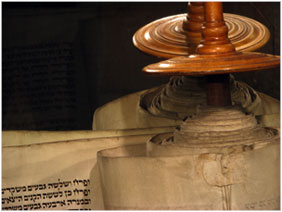
OT Lesson 5 Study Notes: Moses 5-7
As always, remember that these are questions for studying the reading assigned more than for planning the lesson itself. Even then, you are certainly going to find more questions here than you can deal with in one study session, though not, perhaps, more than you can deal with in a week. However, that said, the…
-
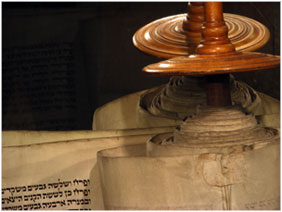
OT Lesson 4 Study Notes: Moses 4; 5:1-15; 6:48-62
These notes focus on Moses 4, giving less attention to the other scriptures for this lesson. However, the other readings are necessary to understanding chapter 4. (The study questions for Moses 4:1-4 were part of the materials for lesson 2. I repeat them here so that they will be convenient.) Note that if Moses 2…
-
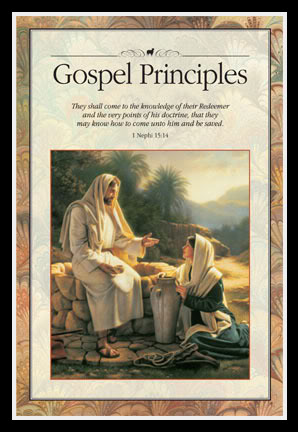
Underwhelming Thoughts on Correlation
I confess that I am not a regular reader of the Church News, but I did happen to run across this recent piece, “Using proper sources.” I will note a couple of quibbles I have with the piece (which, as an unsigned post in the “Viewpoints” section, I take to be essentially a staff editorial),…
-
OT Lesson 3 Study Notes: Moses 1:27-42, Moses 2-3
A reminder about these notes: They are intended to help people study the assigned material for this week’s Sunday School lesson. They are not intended as an outline for how to teach that lesson, though I assume that by studying the material a person might get ideas about how to teach it. And a note…
-
OT Lesson 2 Study Notes: Abraham 3; Moses 4:1-4
Abraham 3 Verses 1-19: Why did the Lord reveal these things to Abraham? More important: why did he think it important to reveal them to us? Verse 1: Why is it important that Abraham tell us that he received the revelation that follows through the Urim and Thummim? Verse 2: Assuming that the throne of…
-
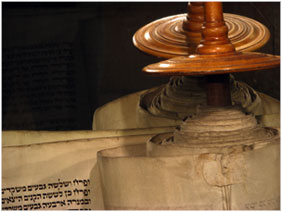
OT Lesson 1 Study Notes: Moses 1
As the title of this post says, these are notes for studying the lesson rather than for teaching it, though presumably one who studies the lesson will have material from which to teach it.
